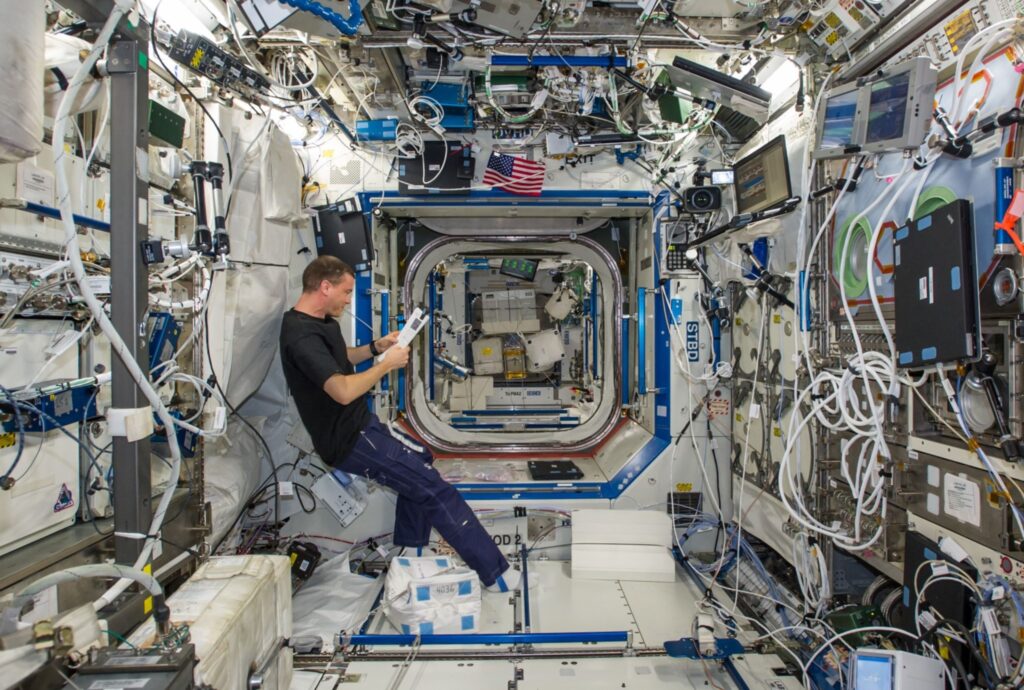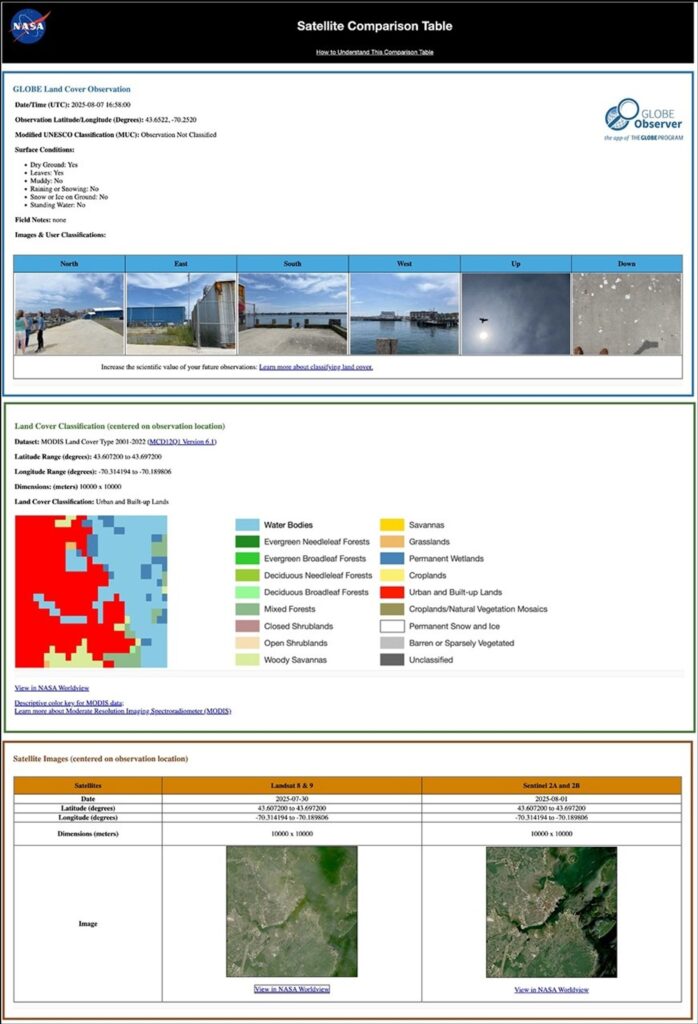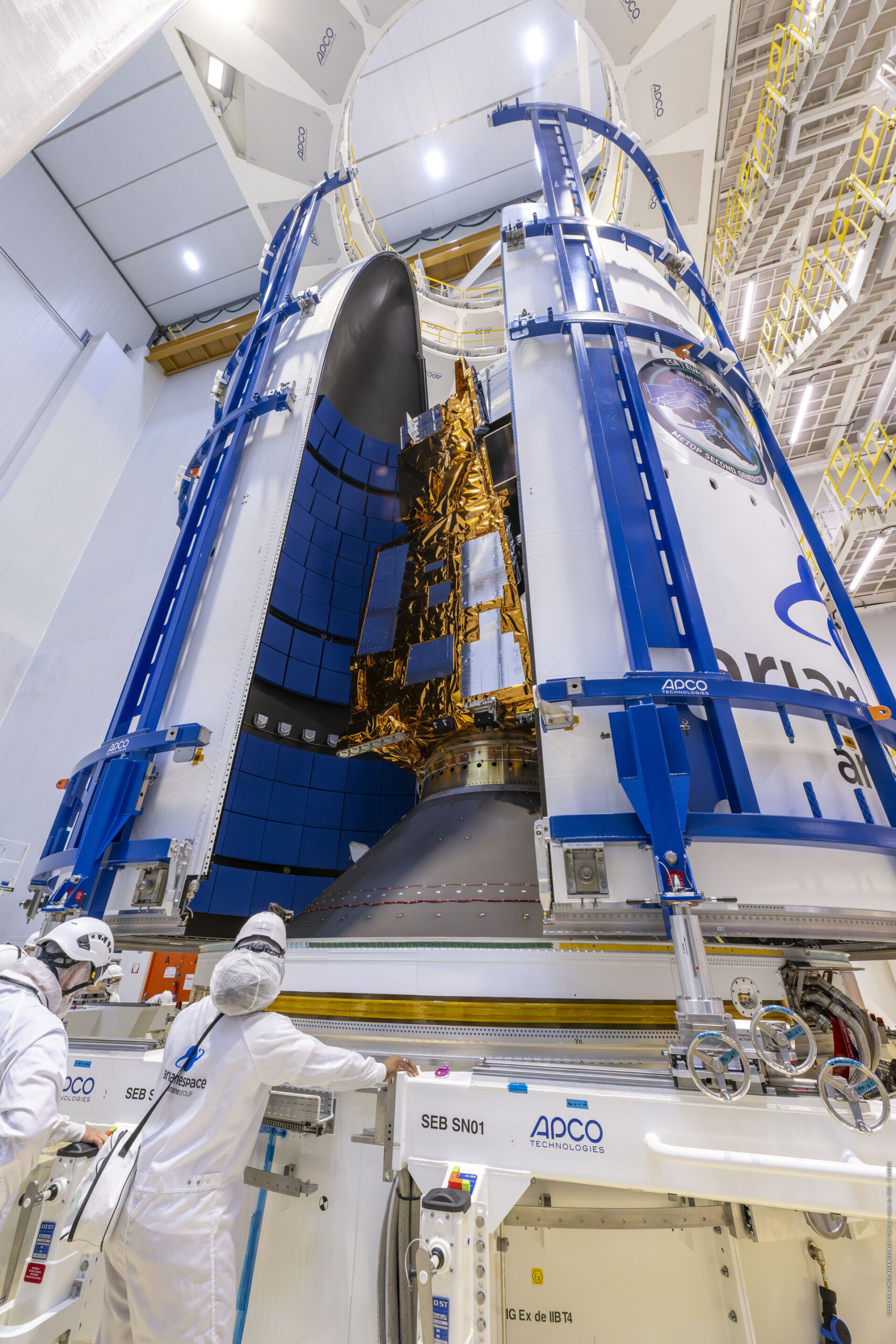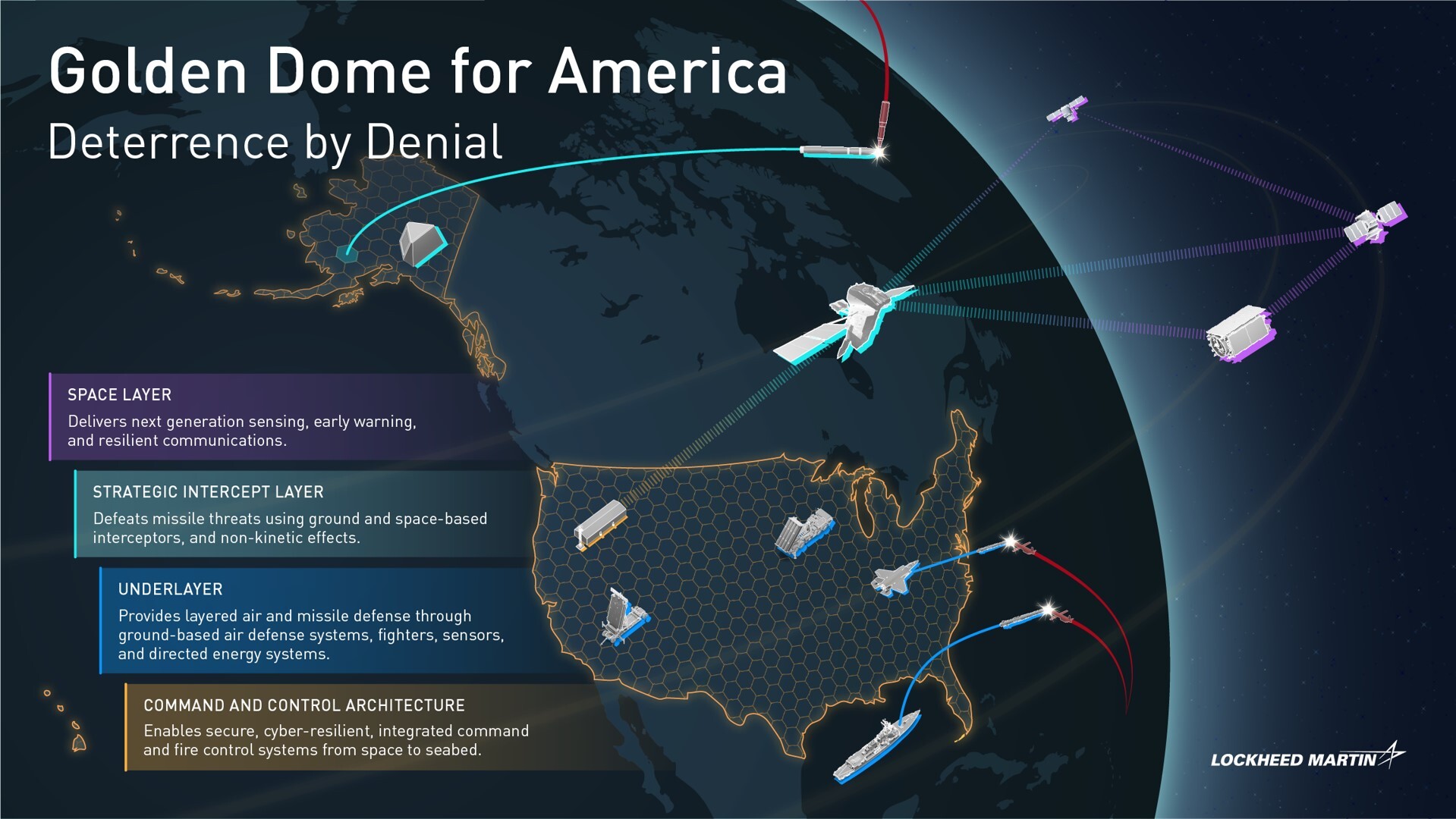Now Reading: UK’s Skyrora Secures First Vertical Launch License for Domestic Rocket
-
01
UK’s Skyrora Secures First Vertical Launch License for Domestic Rocket
UK’s Skyrora Secures First Vertical Launch License for Domestic Rocket
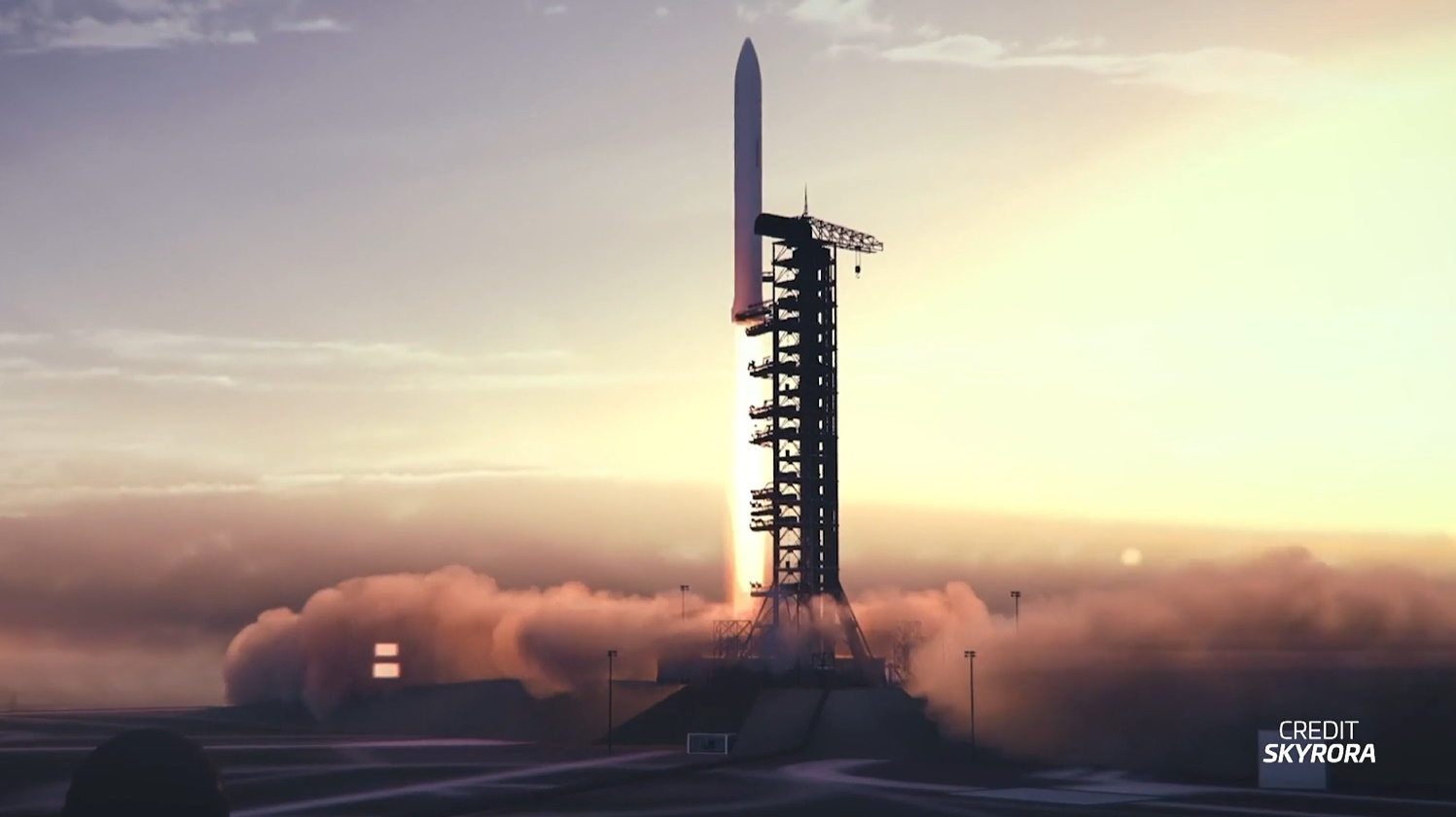

On July 24, a significant milestone was achieved for the UK’s burgeoning space industry when Skyrora obtained the country’s first vertical launch license for a domestic rocket firm. This groundbreaking approval, announced by the Civil Aviation Authority (CAA) on August 5, comes nearly three years after Skyrora’s initial application. It marks a pivotal moment not only for the company but also for the broader ambitions of the United Kingdom in the sphere of space exploration.
The license permits Skyrora to conduct up to 16 launches annually of its Skylark L suborbital rocket. This translates to a maximum of two launches per month, with the capability of launching once every 24 hours, although such frequency will be contingent on achieving additional approvals related to insurance and specific arrangements with the SaxaVord Spaceport located in the Shetland Islands. The geographical position of the SaxaVord Spaceport is advantageous, offering a clear ascent path over the ocean, minimizing risks for populated areas and potential debris fallout.
While the license is now active, the timeline for Skyrora’s first flight is still uncertain and could extend into 2026. This delay provides the company ample opportunity to finalize preparations and ensure that all safety measures and technological systems are meticulously tested, reflecting a cautious yet thorough approach to space endeavors. The journey to this point has been fraught with challenges, including regulatory hurdles and the necessity to refine technology through extensive testing.
The UK’s licensing of Skyrora’s operations follows a similar license granted to the German firm Rocket Factory Augsburg (RFA) in January, which allows for orbital launches from the very same site. This trend highlights a burgeoning interest in the UK as a launch destination, positioning it as a competitor among European spaceports. The strategic development of the SaxaVord site, in conjunction with regulatory support, signals the government’s commitment to bolstering the national space sector.
Skyrora, founded in 2017, has adopted a methodical development strategy, evolving through several models of its Skylark series as it seeks to refine the technologies necessary for future orbital capabilities. The initial versions, Skylark Nano and Skylark Micro, employed solid rocket motors, establishing a foundational understanding of suborbital flight. The current Skylark L, standing nearly 12 meters tall, is designed to carry a payload of up to 50 kilograms. This vehicle will serve primarily as a testing platform—allowing Skyrora to evaluate propellant performance and onboard systems that will eventually be integrated into their more ambitious Skyrora XL orbital rocket.
The Skyrora XL is an impressive engineering achievement, intended to deliver small satellites weighing up to 315 kilograms into orbit. Notably, comparisons can be drawn between it and Rocket Lab’s Electron rocket, especially regarding payload capacity. Yet, the XL surpasses the Electron in size, measuring at nearly 23 meters tall and featuring a diameter of 2.2 meters—almost double that of its competitor. Skyrora’s innovative design incorporates carbon composite materials and leverages cutting-edge manufacturing techniques, including nine 3D-printed engines on the first stage, alongside a vacuum-optimized engine for the second stage.
What sets Skyrora apart is its commitment to using sustainable practices within its operations, an increasingly critical factor in modern rocketry. The XL will use a unique propellant mix of kerosene fuel paired with high-test peroxide (HTP) as the oxidizer. HTP, a room-temperature storable compound, simplifies engine design, mitigates the complexities of cryogenic fuel handling, and promotes cleaner combustion outcomes. This approach echoes the propellant technology used in the UK’s Black Arrow rocket during the 1960s, which successfully achieved orbit despite the project being discontinued due to unrelated reasons. Such historical parallels highlight the continuity and evolution of British aerospace capabilities.
In a further testament to its dedication to sustainability, Skyrora has pioneered the development of Ecosene, a form of kerosene derived from unrecyclable plastic waste. According to the company, Ecosene contributes to lower pollutant emissions and improved burn efficiency compared to traditional RP-1 kerosene. This innovative approach represents not only a potential game-changer for launch operations but also an important step for the space industry towards addressing environmental concerns associated with rocket launches.
As Skyrora continues to work towards its inaugural launch with the Skylark L, the company’s focus remains steadfast on operational details and final preparations. The approval of its vertical launch license is an important leap forward for Skyrora and a promising development for the UK’s position within the global space industry. The ambition to revitalize local launch capabilities has been sparked, and the eyes of the aerospace community will undoubtedly be watching as Skyrora aims to make its mark on the final frontier.
The development trajectory of Skyrora’s rocket technology is a testament to the company’s strategic foresight and commitment to pushing the boundaries of aerospace engineering. The Skylark series has been meticulously crafted through an iterative process, where each model builds upon the lessons learned from its predecessors. This methodology aligns with the principles of incremental innovation, where small, manageable changes lead to significant advancements over time.
As Skyrora gears up for its upcoming launches, the Skylark L is positioned not only as a vehicle for suborbital research but also as a stepping stone towards the company’s flagship project, the Skyrora XL. The Skylark L’s design features advanced materials and cutting-edge technology, enabling it to function effectively as a testbed. This includes testing various payload configurations, monitoring systems, and experimenting with propellant combinations under varying atmospheric conditions.
Looking ahead, the future of Skyrora is intertwined with the evolution of the space industry. The successful deployment of the Skylark L will lay critical groundwork for the Skyrora XL, which aims to facilitate the burgeoning small satellite market. With the increasing demand for satellites for communications, earth observation, and scientific research, Skyrora’s ability to deliver payloads efficiently into orbit positions it as a significant player in this expanding sector.
The Skyrora XL boasts impressive specifications that highlight its capabilities. Standing at nearly 23 meters, its larger size compared to other rockets in the same class allows for increased payload capacity, accommodating more sophisticated satellite technology. The inclusion of 3D-printed engines not only reduces manufacturing costs but also allows for rapid prototyping and testing, further accelerating the pace of innovation. As Skyrora continues to refine its designs, the focus on reducing weight while maintaining structural integrity will be paramount.
Each launch of the Skylark L will serve as a critical data-gathering opportunity, providing insights that will inform the Skyrora XL’s final configuration and operational parameters. The iterative testing approach will enable engineers to identify potential issues early, avoid costly redesigns, and perfect the rocket’s performance. By gathering real-time data on flight dynamics, engine behavior, and payload performance, Skyrora will enhance the reliability of its orbital offerings.
Moreover, the choice of high-test peroxide as an oxidizer complements Skyrora’s ambition for environmental sustainability. The strategic selection of such propellants aligns with the growing trend in the aerospace industry towards eco-friendly operations. As Skyrora builds its launch capabilities, it will also contribute to a wider dialogue on sustainable space exploration practices, underscoring the importance of minimizing the ecological footprint of rocket launches.
In addition to its technological advancements, Skyrora recognizes the importance of forging strong partnerships within the space ecosystem. Collaborations with research institutions, universities, and other aerospace companies will be essential in overcoming challenges related to launch logistics and payload integration. By cultivating a network of strategic alliances, Skyrora can tap into a wealth of expertise and resources, enhancing its overall operational efficiency.
The anticipation surrounding Skyrora’s inaugural mission reflects the excitement within the industry about the potential for a thriving UK space sector. As regulatory frameworks continue to evolve and support the growth of commercial launch capabilities, Skyrora is well-positioned to leverage its unique offerings. The journey from suborbital testing to orbital launches is one that holds significant promise, not only for Skyrora but for the entire landscape of British aerospace innovation.
Stay Informed With the Latest & Most Important News
Previous Post
Next Post
-
 012024 in Review: Highlights from NASA in Silicon Valley
012024 in Review: Highlights from NASA in Silicon Valley -
 02Panasonic Leica Summilux DG 15mm f/1.7 ASPH review
02Panasonic Leica Summilux DG 15mm f/1.7 ASPH review -
 03How New NASA, India Earth Satellite NISAR Will See Earth
03How New NASA, India Earth Satellite NISAR Will See Earth -
 04And Thus Begins A New Year For Life On Earth
04And Thus Begins A New Year For Life On Earth -
 05Astronomy Activation Ambassadors: A New Era
05Astronomy Activation Ambassadors: A New Era -
06SpaceX launch surge helps set new global launch record in 2024
-
 07Space Force plans new ‘Futures Command’ amid pressure to speed up modernization
07Space Force plans new ‘Futures Command’ amid pressure to speed up modernization












